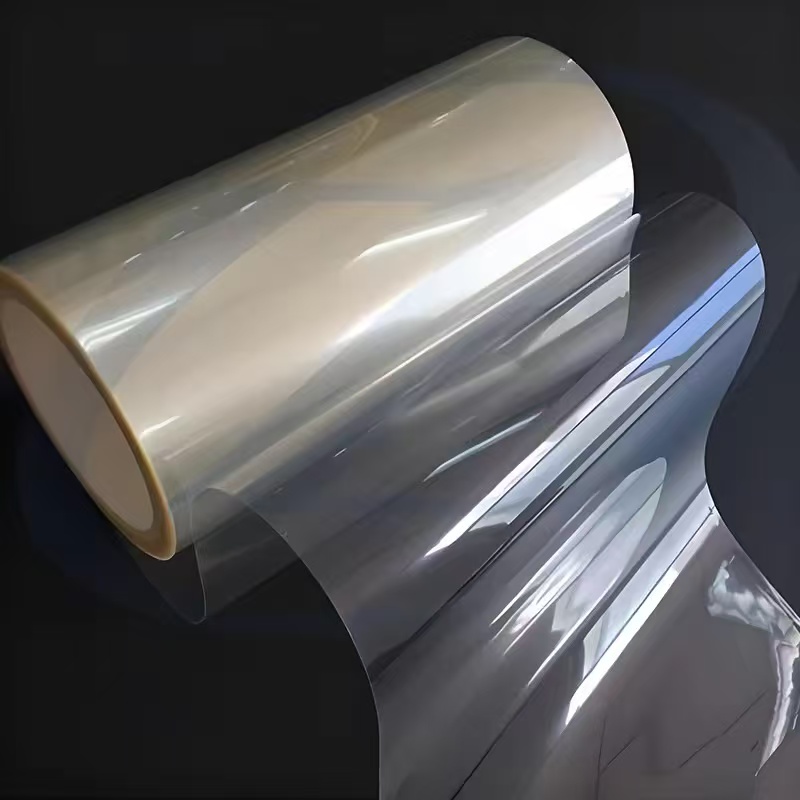
Tính chất động và ứng dụng của màng PET/PE trong suốt
2025-08-29 15:00The Dynamic Properties and Applications of Transparent PET/PE Film
Crystal Clear Solutions: How Transparent PET/PE Film Transforms Packaging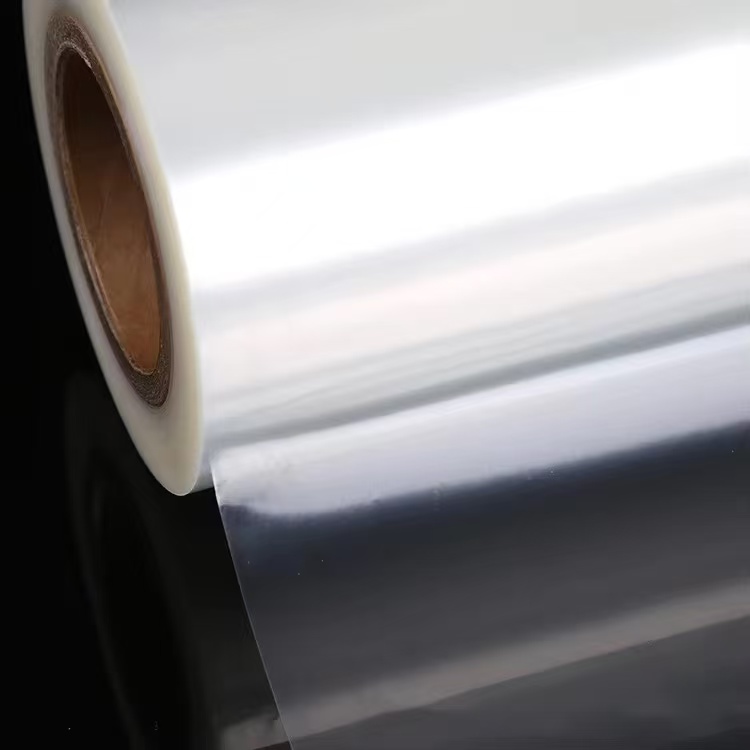
Transparent PET/PE film, a composite material combining polyethylene terephthalate (PET) and polyethylene (PE), is a powerhouse in the packaging industry, offering a unique blend of clarity, strength, and flexibility. This multilayer film leverages the strengths of both PET, known for its rigidity and transparency, and PE, celebrated for its flexibility and sealing properties, to create a versatile material suited for a wide range of applications. From food packaging to medical and industrial uses, transparent PET/PE film is a go-to solution for businesses seeking durability, aesthetics, and functionality. This article explores the defining characteristics of transparent PET/PE film and its applications in food packaging, medical packaging, and industrial wrapping, supported by practical examples and insights into its benefits.Key Properties of Transparent PET/PE FilmTransparent PET/PE film is a laminated material that combines the best attributes of PET and PE, resulting in a film with exceptional performance characteristics. Its key properties include:Superior Clarity: The PET layer provides glass-like transparency, allowing products to be showcased clearly, while the PE layer enhances sealability without compromising visibility.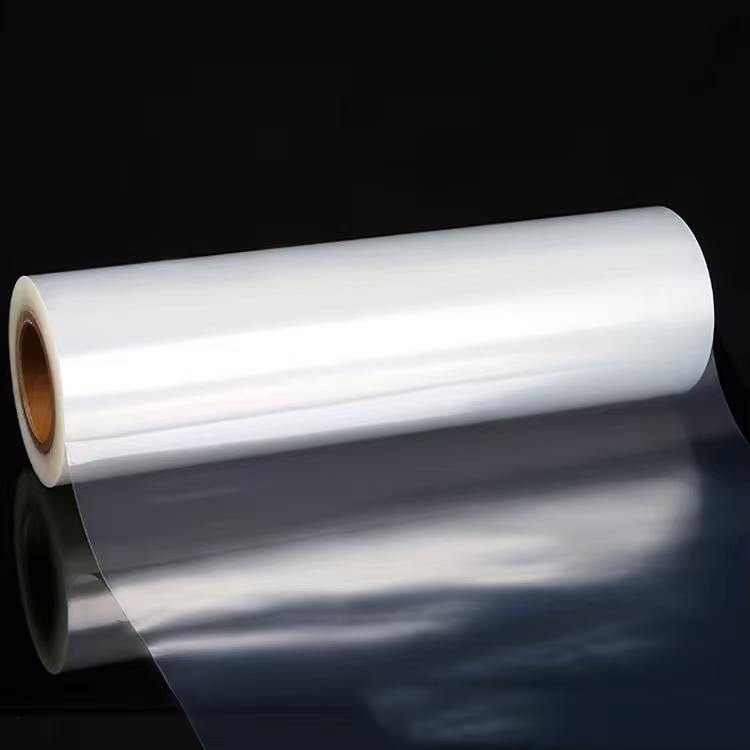
High Strength and Durability: PET contributes rigidity and tensile strength, making the film resistant to punctures and tears, while PE adds flexibility to prevent cracking.
Excellent Barrier Properties: The film offers robust protection against moisture, oxygen, and contaminants, ensuring product integrity in demanding environments.
Thermal Stability: PET/PE film can withstand a wide range of temperatures, from freezing to moderate heat, making it suitable for both refrigerated and shelf-stable products.
Sealing Performance: The PE layer enables strong, reliable seals, ideal for creating airtight packages that preserve freshness and prevent leaks.
Recyclability: Both PET and PE are recyclable, and advancements in recycling technology are making PET/PE film increasingly sustainable.
These properties make transparent PET/PE film a highly adaptable material, tailored to meet the needs of diverse industries. Below, we delve into its specific applications, showcasing how it addresses unique challenges in food packaging, medical packaging, and industrial wrapping.Applications of Transparent PET/PE Film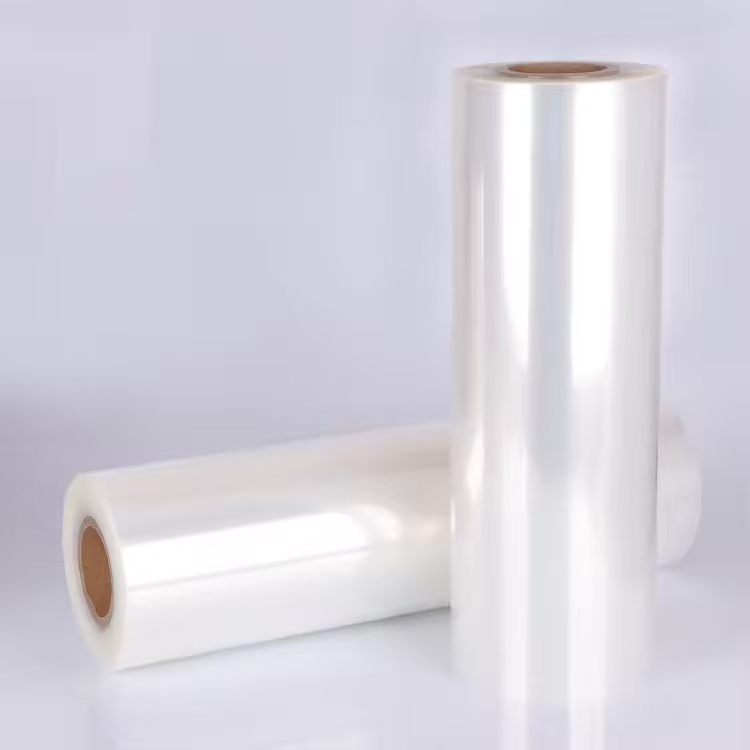
1. Food Packaging: Preserving Freshness with Visual AppealIn the food industry, transparent PET/PE film is widely used for packaging perishable and non-perishable goods, such as fresh produce, snacks, and ready-to-eat meals. The film’s clarity allows consumers to inspect the product, building trust in its quality, while its barrier properties ensure freshness and safety.For example, PET/PE film is commonly used in vacuum-sealed pouches for fresh meats or cheeses. The PET layer provides structural integrity and clarity, allowing customers to see the product’s color and texture, while the PE layer creates a tight seal that prevents air and moisture from entering. A 2024 study by the Food Packaging Association found that PET/PE film extends the shelf life of perishable goods by up to 25% compared to single-layer films, reducing food waste in retail settings.The film’s thermal stability makes it ideal for both refrigerated and frozen food applications. For instance, PET/PE film is used to package frozen vegetables, where it maintains clarity and strength in sub-zero temperatures, preventing freezer burn. Its sealing properties also make it suitable for microwaveable meal trays, allowing consumers to heat food without removing the film. In a practical example, a leading supermarket chain reported a 15% increase in sales of pre-packaged salads after switching to transparent PET/PE film pouches, citing enhanced product visibility and freshness.Moreover, PET/PE film can be customized with additives like UV inhibitors to protect light-sensitive foods, such as dairy products, from degradation. The recyclability of the film aligns with growing consumer demand for sustainable packaging, with many brands now using recycled PET/PE film (rPET/PE) to create eco-friendly pouches and trays.
In a practical example, a leading supermarket chain reported a 15% increase in sales of pre-packaged salads after switching to transparent PET/PE film pouches, citing enhanced product visibility and freshness.Moreover, PET/PE film can be customized with additives like UV inhibitors to protect light-sensitive foods, such as dairy products, from degradation. The recyclability of the film aligns with growing consumer demand for sustainable packaging, with many brands now using recycled PET/PE film (rPET/PE) to create eco-friendly pouches and trays.
2. Medical Packaging: Ensuring Sterility and SafetyIn the medical and pharmaceutical industries, transparent PET/PE film is a critical material for packaging sterile products, such as medical devices, syringes, and pharmaceutical supplies. The film’s clarity, strength, and barrier properties make it an ideal choice for maintaining sterility and protecting sensitive products.For example, PET/PE film is used to create sterile pouches for surgical instruments. The PET layer provides a durable, transparent outer layer that allows healthcare professionals to verify the contents without breaking the seal, while the PE layer ensures a strong, airtight closure to maintain sterility. A 2023 report by the Medical Packaging Institute highlighted that PET/PE film reduces contamination risks in medical packaging by 20% compared to traditional materials like paper-plastic composites.The film’s chemical resistance is particularly valuable in medical applications, as it withstands exposure to disinfectants and sterilization processes like gamma radiation or ethylene oxide.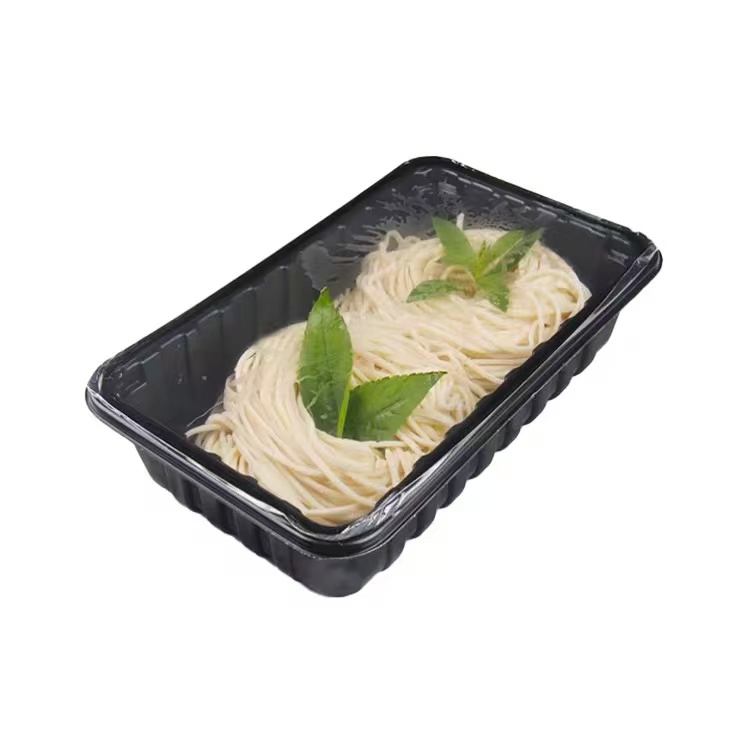
For instance, PET/PE film is used to package diagnostic test kits, where its clarity allows for easy identification of components, and its barrier properties protect against moisture and contaminants during storage and transport.Additionally, PET/PE film can be engineered with anti-static properties for packaging electronic medical devices, such as pacemakers or glucose monitors, preventing damage from electrostatic discharge (ESD). The film’s recyclability is also a growing advantage, as healthcare facilities increasingly adopt sustainable practices. For example, hospitals in Europe have begun using rPET/PE film for non-critical packaging, reducing waste while maintaining high standards of safety.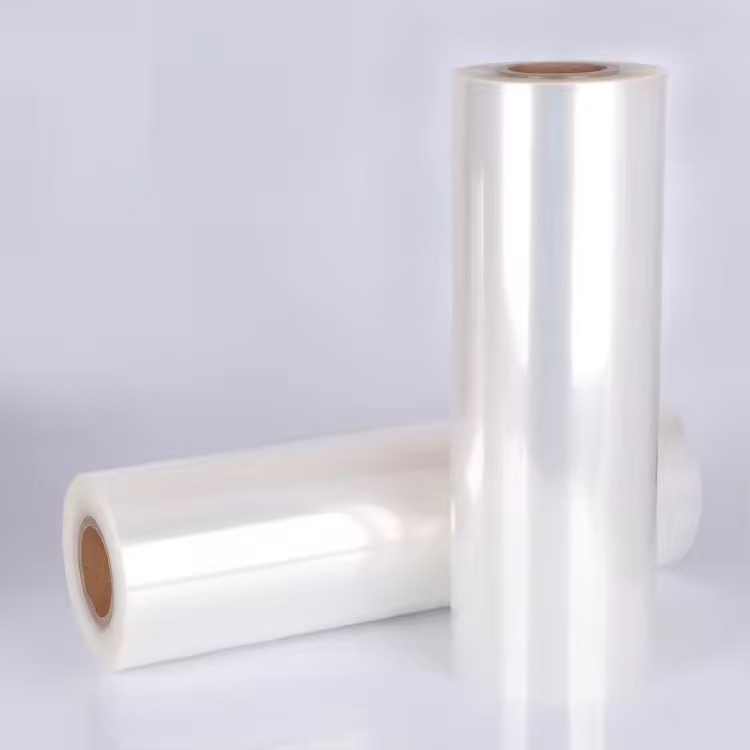
3. Industrial Wrapping: Securing and Protecting GoodsIn industrial applications, transparent PET/PE film is used for wrapping and securing goods during storage and transport. The film’s strength, flexibility, and clarity make it ideal for protecting products ranging from electronics to construction materials.For instance, PET/PE film is used to wrap pallets of industrial goods, such as automotive parts or building materials. The PET layer provides tensile strength to secure heavy loads, while the PE layer adds flexibility to conform to irregular shapes. The film’s transparency allows for easy barcode scanning or visual inspection, streamlining warehouse operations. A 2024 logistics industry report noted that PET/PE film reduces load shifting during transport by 18% compared to single-layer PE films, minimizing product damage.
The film’s moisture and chemical resistance make it suitable for outdoor storage, protecting goods from rain, dust, or corrosive substances. For example, PET/PE film is used to wrap steel coils in the construction industry, preventing rust during long-term storage. Its thermal stability also ensures performance in extreme conditions, such as high-humidity environments or cold climates.In electronics manufacturing, PET/PE film is used to package sensitive components, often with anti-static additives to prevent ESD damage. For instance, circuit boards are wrapped in PET/PE film to protect them during shipping, with the film’s clarity allowing for quick quality checks. The ability to customize the film’s thickness and properties ensures it meets the specific needs of each industrial application.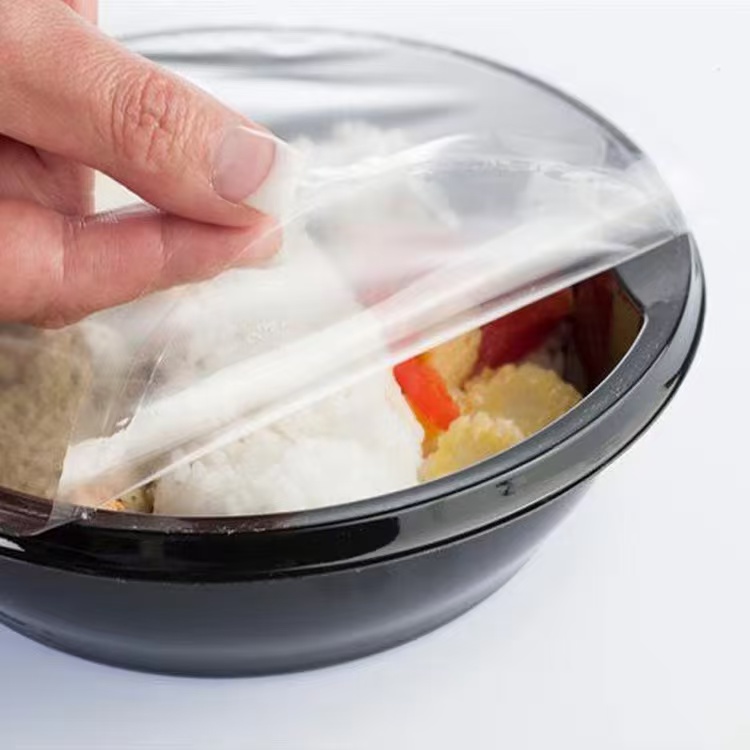
Advantages and Innovations in Transparent PET/PE FilmTransparent PET/PE film’s popularity stems from its ability to combine the strengths of PET and PE into a single, high-performance material. Its clarity enhances product visibility, making it ideal for consumer-facing applications, while its durability and barrier properties ensure protection in demanding environments. The film’s recyclability supports sustainability goals, with rPET/PE films gaining traction in eco-conscious markets.Recent innovations have further enhanced the capabilities of PET/PE film.
For example, manufacturers have developed multilayer films with nano-technology, which improve barrier properties while reducing material thickness, lowering costs and environmental impact. Printable PET/PE films allow brands to add logos, instructions, or nutritional information directly onto the film, enhancing branding without sacrificing clarity.The development of biodegradable PET/PE films is another significant advancement. While traditional PET/PE film is recyclable, biodegradable versions break down naturally, offering a solution for applications where recycling infrastructure is limited. These films are particularly promising for food and medical packaging, where single-use plastics face increasing regulatory scrutiny.Challenges and Considerations
